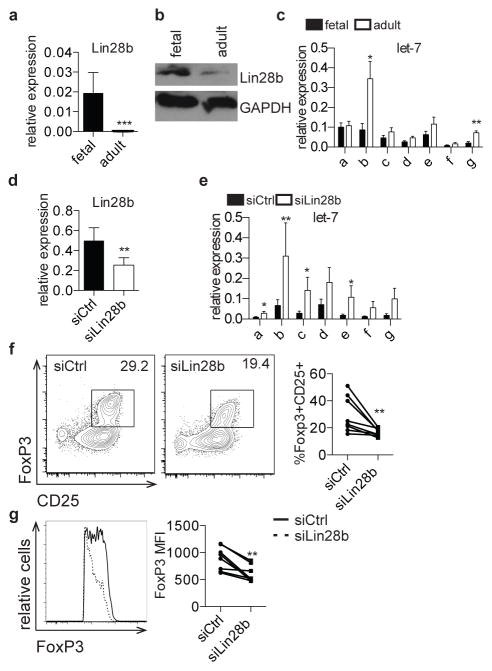Figure 3. Lin28b mediates increased Treg differentiation in fetal T cells.
a. qRT-PCR analysis of Lin28b mRNA expression in fetal and adult naïve CD4+ T cells. Lin28b expression is shown relative to expression of β-actin. b. Western blot analysis of Lin28b protein in fetal and adult naïve CD4+ T cells. GAPDH is shown as a loading control. Blot is cropped and both analyses were performed on the same blot. c. qRT-PCR analysis of let-7 family mature miRNAs (a–g) expression in fetal and adult naïve CD4+ T cells. Let-7 expression is shown relative to expression of 5.8S ribosomal RNA. d. qRT-PCR analysis of Lin28b mRNA expression in fetal CD4+ T cells 3 days following treatment with non-targeting control siRNA (siCtrl) or siRNA targeting Lin28b (siLin28b). Lin28b expression is shown relative to expression of β-actin. e. qRT-PCR analysis of let-7 family mature miRNAs expression in siCtrl or siLin28b fetal CD4+ T cells. Let-7 expression is shown relative to expression of 5.8S ribosomal RNA. f. Flow cytometry analysis of staining for intracellular FoxP3 and surface CD25 on siCtrl and siLin28b fetal CD4+ T cells following 3 days incubation with siRNA and 4 days in vitro Treg differentiation. Graph shows the percentage of FoxP3+CD25+ cells within the CD4+ population. g. Flow cytometry analysis of staining for intracellular FoxP3 on siCtrl and siLin28b FoxP3+CD4+ T cells. Graph shows FoxP3 MFI within the FoxP3 population. The data are representative of results from 8 fetal and 8 adult individuals in 3 independent experiments. Statistics refer to Wilcoxon test. *** p<.001, ** p<.01, * p<.05

